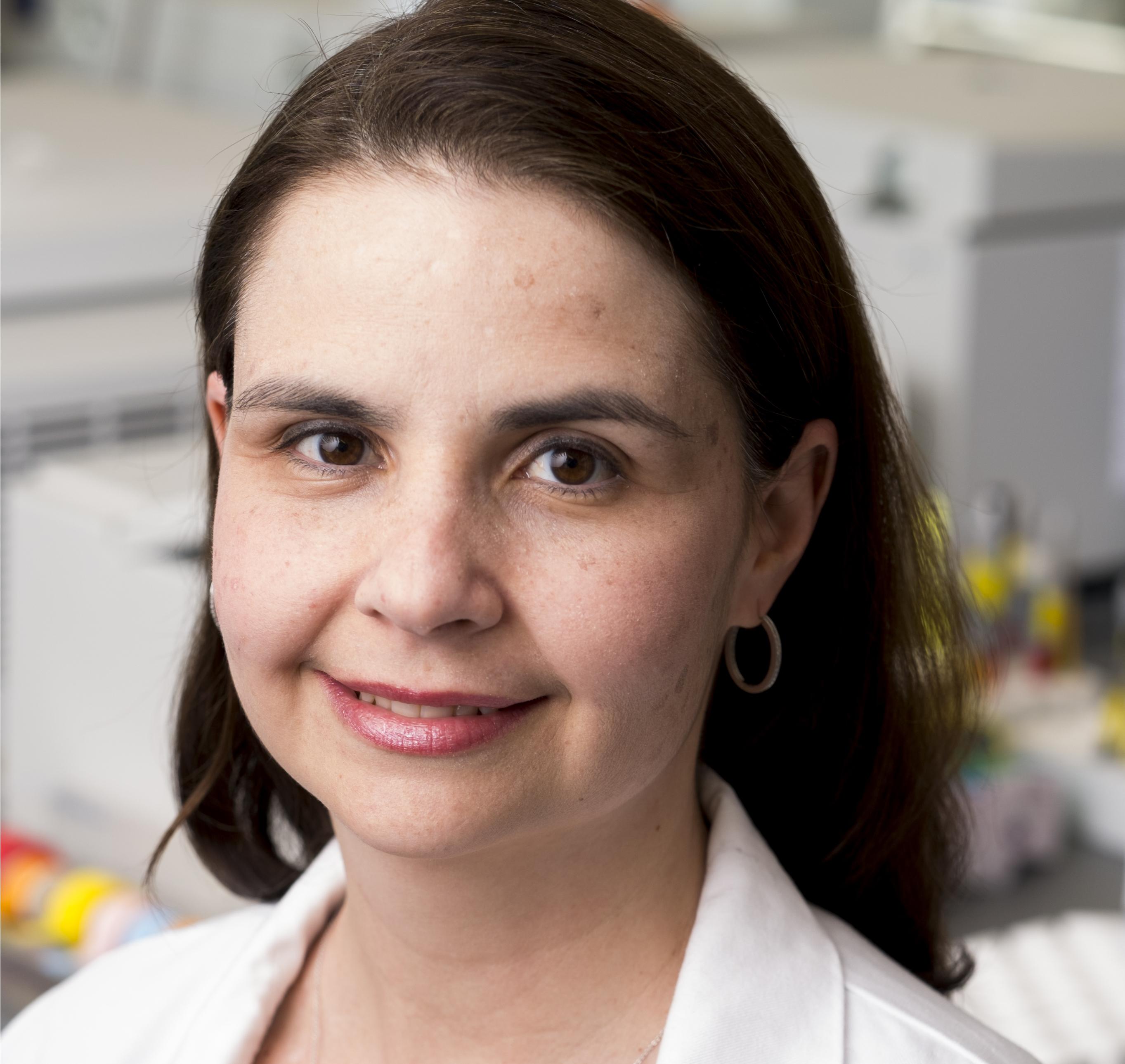Marina Caskey, profesora asociada de Investigación Clínica en la Universidad de Rockefeller (Estados Unidos) intervendrá este miércoles en la sesión plenaria para hablar sobre ‘Broadly neutralizing antibodies: implication for cure and vaccine’.
You have been invited to the GeSIDA Congress to talk about broadly neutralizing antibodies: implication for HIV cure and vaccine. What are the main advances in this regard on a global scale in recent years?
Since the discovery of broadly neutralizing antibodies with higher potency and breadth, which began to happen about 9-10 years ago, there has been intense research, both basic and clinical research, to determine the roles these molecules can play in HIV prevention, treatment and potentially in long-term remission (or cure). A series of small clinical trials have been successfully conducted and demonstrated that these antibodies have very favorable safety and pharmacokinetic profiles. Importantly, they exert strong antiviral activity against circulating viruses during established HIV infection. There are several antibodies that target different areas of the virus envelope protein now in clinical testing and being evaluated either alone, in combination, or in combination with other strategies. In the last 3 years this field of clinical investigation has really grown and we are excited to see the knowledge that we will gain about the potential clinical applications of these molecules in the next 5 or so years.
Perhaps you will also focus on the results obtained from the Phase 1b study on antibodies 3BNC117 and 10-1074. What is the main lesson learned in your team and that scientific community must take into account in the fight against HIV?
I will definitely focus on this study While this was a small study and just a start, the results are nonetheless very promising. We learned to main lessons. First, that these 2 antibodies can maintain viral suppression or undetectable viral loads in individuals whose viruses are sensitive to both antibodies to start with. And the second lessons is that suppression was maintained as long as the two antibodies were on board, so that the viruses did not have a chance to escape or develop new resistance mutations that would allow breakthrough and viral rebound. One other important point from this studies, and other clinical trials, is pre-existing resistance to these antibodies, which can become a limiting factor to their broad clinical applicability. Methods are being developed to better identify participants that would respond to a given combination of antibodies, and antibodies with different HIV specificities are also being developed, which will help address this issue of resistance.
After these results, what steps do we need to take to convert the broadly neutralizing antibodies into a real and long-term alternative to ART? Would you be able to establish a time horizon to reach this scenario?
We have already initiated a study where the antibodies will be administered over a longer period of time, which will allows to make better assessments on potential effects on the viral reservoir, which is the pool of infected cells that is not eliminated by ART alone, as well as on immune responses. Similar to cancer immunotherapy, it is conceivable that antibodies like 3BNC117 and 10-1074 will interact with the virus and also the individual’s immune system in ways that might lead to better control of the infection even after the antibodies wane. We are beginning to explore such effects in this study. In parallel, we are beginning phase 1 studies with the long-acting versions of 3BNC117 and 10-1074, which will allow less frequent administration and therefore may facilitate achieving higher rates of adherence to treatment. These are all steps that help understand the clinical utility of broadly neutralizing antibodies as compared to antiretroviral therapy. We can’t estimate how long this process will take, but I expect that much knowledge will be gained over the next 3-5 years.
And to serve as a prevention tool, similar to PrEP?
Prevention is actually the first area where we believe these antibodies would be used clinically. Since the barrier to protection is considered lower than the barrier to suppression viremia after established infection or to include long-term remission. Infection typically begins from one or few transmitter founder viruses, therefore if the antibodies show broad coverage against circulating strains in a given geographic areas, it is thought that neutralizing or eliminating this first viruses is achievable. This concept is currently being tested in 2 phase 2b studies called AMP study and being conducted in sub-Saharan African and in the Americas.
Do you think a functional cure for HIV can be achieved in the next decade? And the complete eradication?
That’s difficult to say. Many question if sterilizing cure is a real possibility. Currently, there is more enthusiasm for achieving functional cure, or what has been more recently referred to: long-term treatment virologic control or remission. In many aspects, the concept of long-term control parallels the recent advances in cancer treatment with the checkpoint blockade inhibitors, for example. It is plausible that different strategies together, bNAbs potentially being one of them, would be able to interfere or reduce the pool of latently-infected cells and that improved or enhanced anti-HIV immune responses would successfully maintain long-term suppression of residual viruses. As is already seen naturally in the small group of infected individuals that are referred to as elite controllers. So it maybe be that sometime in the future strategies will have been developed that can convert at least part of the HIV-infected population into elite or long-term controllers.
